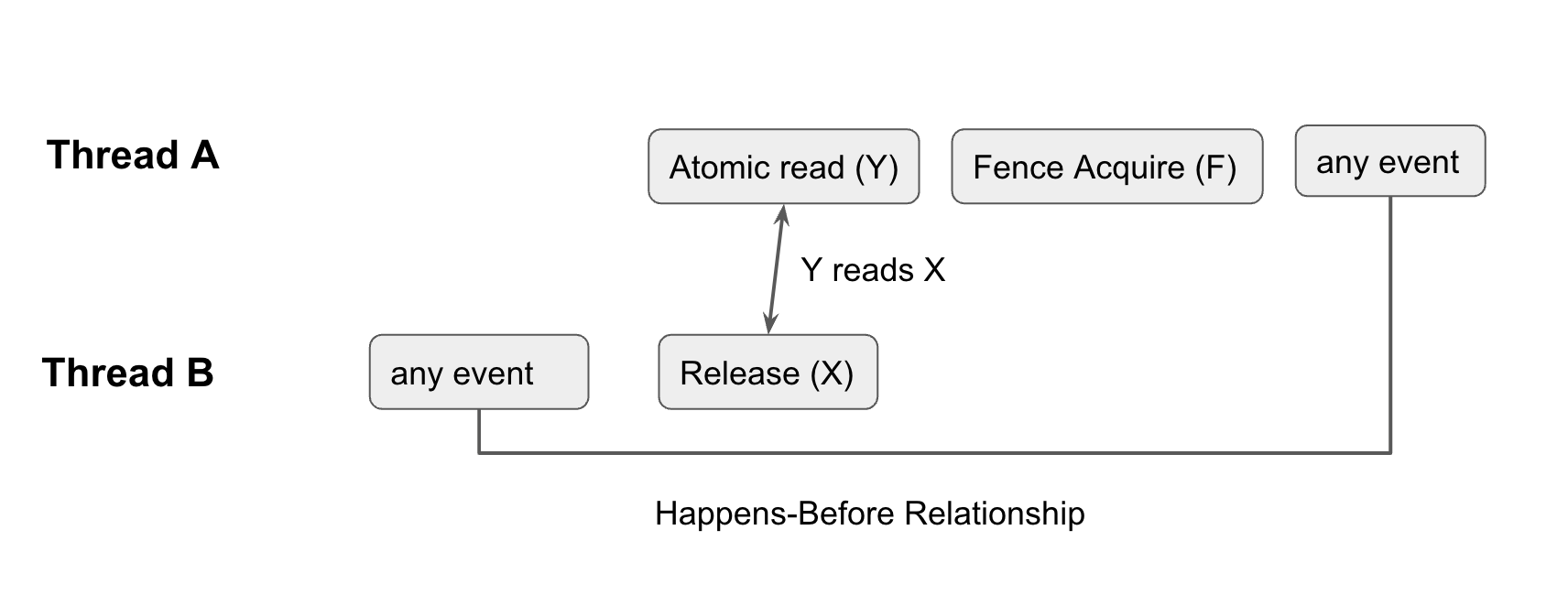Temporary Buffer
Before we implement the iobuf, we need to first implement its building block, the Temporary Buffer.
Temporary Buffer is a memory management abstraction for a contiguous region of memory. What makes temporary buffers different from buffers like Vec is that the underlying memory can be shared with another temporary_buffer. In other words, it is a buffer with an automatic reference count, kind of like an Arc in Rust.
My implementation is largely inspired by Seastar’s implementation.
API
Constructor
To create a TemporaryBuffer, you use the new: (size: usize) -> TemporaryBuffer API.
#![allow(unused)] fn main() { let buffer = TemporaryBuffer::new(12); }
Write
To write into a TemporaryBuffer, you call get_write(&self) -> Option<*mut u8>. It is dangerous to return a mutable raw pointer if there is another reference to the TemporaryBuffer as the other buffer may not expect data to change. Therefore, get_write would return None if there are more than one reference to the buffer.
#![allow(unused)] fn main() { let buffer = TemporaryBuffer::new(12); let ptr = buffer.get_write().unwrap(); let data: Vec<u8> = vec![1, 2, 3]; unsafe { std::ptr::copy_nonoverlapping(data.as_ptr(), ptr, 3); } }
Share
To share a buffer, you can either use share(&self) -> TemporaryBuffer to share the entire buffer or share_slice(&self, pos: usize, len: usize) -> TemporaryBuffer to get a sliced reference to the temporary buffer.
Note that in either scenario, the underlying data will not be destroyed until all references to the buffer is destroyed. This means that having a tiny slice of a temporary buffer would result in the entire data the original temporary buffer holds to be held in memory.
#![allow(unused)] fn main() { let buffer = TemporaryBuffer::new(12); { let second = buffer.share(); assert_eq!(buffer.get_ref_count(), 2); { let slice = buffer.share_slice(0, 3); assert_eq!(buffer.get_ref_count(), 3); } } assert_eq!(buffer.get_ref_count(), 1); }
In the example above, we created multiple references to the buffer in different scopes. In the deepest scope, the reference count for the buffer is 3. But in the outmost scope, since the scoped references get dropped, there is only 1 ref count.
Internals
Conceptually, a temporary_buffer is quite similar to an Arc. Instead of Arc::clone, you perform share or share_slice to increment the ref count. When the reference count reaches 0, the underlying data is deallocated.
#![allow(unused)] fn main() { pub struct TemporaryBuffer { deleter: NonNull<BufferInternal>, size: usize, buffer: *mut u8, } struct BufferInternal { ref_counter: AtomicUsize, size: usize, buffer: *mut u8, } }
This is what the TemporaryBuffer looks like under the hood:
Each TemporaryBuffer has a NonNull raw pointer to a BufferInternal. BufferInternal keeps track of the reference counts and deallocates the memory when the reference count reaches 0.
This is the implementation for the constructor:
#![allow(unused)] fn main() { pub fn new(size: usize) -> Self { let layout = Layout::array::<u8>(size).unwrap(); let buffer = unsafe { alloc(layout) }; TemporaryBuffer { deleter: NonNull::from(Box::leak(Box::new(BufferInternal { ref_counter: AtomicUsize::new(1), size, buffer, }))), size, buffer, } } }
Here, we used Box::new to create a new allocation and Box::leak to give up ownership of the value without deallocating the memory associated with it. Then we use NonNull to get the pointer to the memory.
This is the implementation of share_slice. Each time it’s called, the deleter's ref_count is incremented by one. We can use Relaxed memory ordering here because
#![allow(unused)] fn main() { pub fn share_slice(&self, pos: usize, len: usize) -> TemporaryBuffer { if self.get_deleter().ref_count.fetch_add(1, Relaxed) > usize::MAX / 2 { std::process::abort(); } TemporaryBuffer { deleter: self.deleter, size: len, buffer: unsafe { self.buffer.add(pos) }, } } }
Just as we increment the ref count when sharing the buffer, we decrement the ref count (with fetch_sub when the buffer gets dropped (i.e. out of scope).
#![allow(unused)] fn main() { impl Drop for TemporaryBuffer { fn drop(&mut self) { if self.get_deleter().ref_count.fetch_sub(1, Release) == 1 { fence(Acquire); unsafe { let layout = Layout::array::<u8>(self.deleter.as_ref().size).unwrap(); dealloc(self.deleter.as_ref().buffer, layout); drop(Box::from_raw(self.deleter.as_ptr())); } } } } }
If fetch_sub returns 1, we need to ensure that no other references have access to the underlying memory. Note that this isn’t trivial as the buffer is not part of the atomic ref_count. To guarantee that any non-atomic loads and stores to buffer occur before the final fetch_sub, we need to establish a happens-before relationship between the final fetch_sub and all other fetch_subs.

The figure above illustrates how we establish the happens-before relationship. Note that all atomic operations (even relaxed ones) have total modification order for that atomic variable. This means that all modifications of the same atomic variable happen in an order that is the same from the perspective of every single thread. This means that if fetch_sub returns 1, it is the last fetch_sub.
We use an acquire fence to guarantee that whatever happens after the fence happens after any event before all other final_subs. Since loads or modifications to the buffer count as any event, we guarantee that after the fence, no other threads have access to the underlying memory.
Check out the implementation on github here.